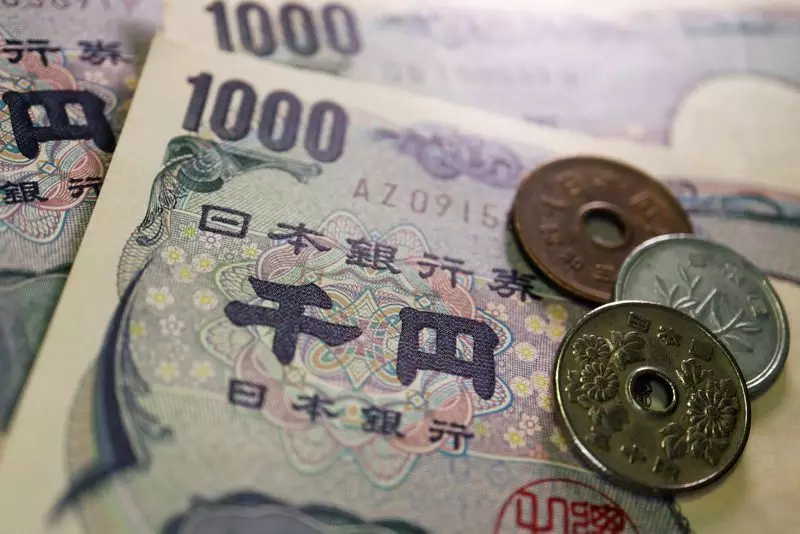Japan’s currency landscape has been shaping into a complex organism influenced by carry trades, seen as both opportunities for investors and potential liabilities for the economy. In a recent interview, Atsushi Mimura, Japan’s vice finance minister for international affairs, shed light on how authorities are continuously monitoring these trading patterns, especially as the resurgence of yen carry trades has raised concerns regarding increased market volatility. The interaction between low-interest rates set by the Bank of Japan (BOJ) and the resulting carry trades manifests a crucial tension—investors borrow yen at cheaper rates to seek higher yields elsewhere, a move that, when overextended, can destabilize the currency.
Mimura emphasized the government’s proactive approach in monitoring the markets, underlining a commitment to curtailing excessive volatility that could harm economic stability. The signs from the market are closely watched; any resurgence of carry trades may require immediate intervention to rectify deviations from fundamental economic principles. If these trades enhance volatility to extreme levels, it could adversely affect businesses and households alike. This commentary is indicative of a broader strategy wherein the Japanese government seeks to balance attractive investment opportunities against inherent risks—an act similar to walking a tightrope.
The context of Mimura’s remarks must be understood within the recent policy shifts initiated by the BOJ. July’s historic decision to raise short-term interest rates was primarily a response to the pressures of inflation and a weakening yen that had sunk to nearly three-decade lows. This rate hike has initiated a significant unwinding of previous carry trades, giving the yen a recent rebound and illustrating the interconnectedness of monetary policy and market behavior. The inherent risks taken by investors during periods of low rates underscore how sensitive market responses can be; fluctuations in currency valuation not only affect investor confidence but also have wider implications for Japan’s export-driven economy.
As Mimura notes, the volatility created by currency speculation like carry trades requires vigilant oversight from government authorities. While these trades offer avenues for profit and economic engagement, they also expose structural vulnerabilities that could unravel with shifting market conditions. The conversation surrounding currency management is not just about preventing immediate detriment; it is about sustaining long-term economic health thus maintaining trust in the Japanese economy amidst the evolving global financial landscape. By addressing these issues head-on, Japan seeks to maneuver through intricate economic realities, with a keen eye on ensuring that currency fluctuations align with the underlying economic fundamentals.
The dialogue about yen carry trades and market volatility signals a critical intersection between individual investment strategies and macroeconomic objectives in Japan. The government’s role in providing oversight and intervention highlights the complexities involved in currency management. As Mimura and his team continue to observe the financial markets, their responses to fluctuations will not only reflect immediate economic conditions but will also shape the broader narrative of Japan’s monetary policy in the years to come. The balance of investment potential and market stability will continue to be a central theme in Japan’s economic discourse.

